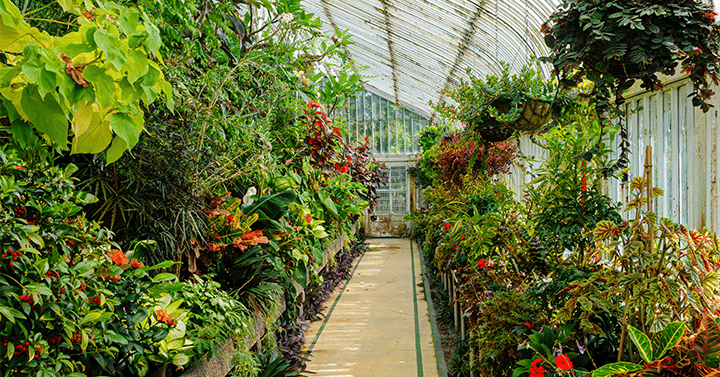The market for pesticides and fertilizers used at horticultural nurseries and greenhouses has grown steadily in the United States, topping out at approximately $250 million in 2021.
“The horticultural industry uses large quantities of fertilizers and pesticides to produce a wide range of floricultural and nursery crops,” says Laura Mahecha, Director of Kline’s Agrochemicals division. “The variety of products within the industry has resulted in tremendous demand for products that serve the specialty as well as general-purpose needs of growers.”
Professional pesticides and fertilizers are used in the production of greenhouse, outdoor container, and field-grown stock. According to the 2019 Census of Horticultural Specialties, the horticultural industry consists of 20,655 active establishments. Primary products treated include:
- bedding and garden plants
- nursery plants
- herbaceous perennial plants
- potted flowering plants
- foliage plants
- cut flowers
- florist greens
- florist greens
Of the products used, Mahecha says, fertilizers are the most predominantly utilized by nurseries and greenhouses, followed by herbicides and insecticides. Leading brands of fertilizer used by the nursery and greenhouse sector include Osmocote, Harrell’s, MiracleGro, and Peter’s. Herbicide brands most often used by nurseries and greenhouses include 4 Speed XT, Lesco Stonewall, and generic glyphosate. Market leading brands of insecticides include Avid, Savate, Ornazin, and Ovation.
Fungicide brands commonly used by nurseries and greenhouses include Fenstop, Ascernity, and Broadform. These end users utilize fungicides to treat diseases including black fungus/black slime mold, mold/mildew including snow mold, root rot/basal rot, leaf spot/grey leaf spot, and dollar spot.
More key market information and insights can be found in Kline’s Professional Turf & Ornamental Market for Pesticides and Fertilizer. The report is a comprehensive, independent appraisal of market size and segmentation, application methods, products used and costs, and market trends. Coverage includes both chemical and biologically based products, and the market is segmented into landscape contractors, horticultural nurseries and greenhouses, lawn care, institutional/sports turf, turf farms, and golf courses. Based on hundreds of structured surveys, it is set for publication this month. For more details about the study and how our Agrochemicals practice can help inform your business decisions, contact us.

